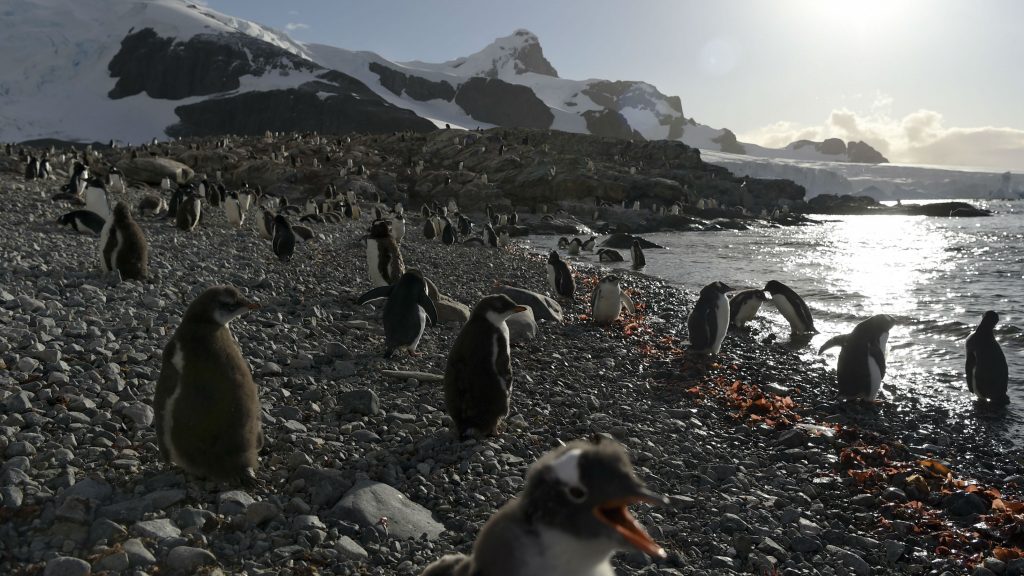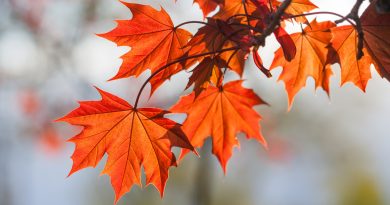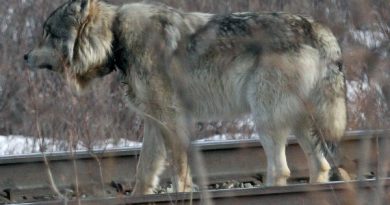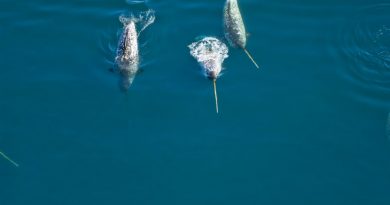Pinpointing larvae hotspots can help guide intn’l krill fishing industry in Antarctica: study

New research published this month is shedding light on where Antarctic krill larvae gather, providing important information for future management of the crustacean.
The research, published this month in the scientific journal PLOS ONE, suggests that while adult krill are distributed widely, ‘hotspots’ of early larvae were found mainly in the southern Scotia Sea, a body of water off the Antarctic Peninsula and roughly south of Argentina.
The study, “Habitat partitioning in Antarctic krill: spawning hotspots and nursery area”was done by researchers at the British Antarctic Survey, the U.K.’s National Oceanography Centre and Plymouth Marine Laboratory and the University of Southampton, with support from the U.K.’s Natural Environment Research Council and the World Wide Fund for Nature (WWF).
Antarctic food chain
Krill is an important part of the food web in the Antarctic and is a key food source for everything from whales and seals to penguins. Krill fishing is also big business, especially in the south-west Atlantic Ocean.
“Antarctic krill are the unsung heroes of the Southern Ocean, feeding millions of penguins, seals and whales,” said Rod Downie, chief polar adviser at WWF, a news release from the Plymouth Marine Laboratory. “These tiny creatures are the reason humpback whales migrate thousands of miles to feed in Antarctic waters every summer.
“However, the climate crisis and fishing interests are putting this unique habitat under threat. We need to protect this vital area for not only krill, but all the species that depend upon it to survive.”
Decades of data analyzed
To do the study, researchers put together a database of all available krill larvae data over the last 41 years and put it together along with two other databases for older krill. This allowed them to compare distribution maps for all the krill life cycle stages for the first time, the researchers said.
The study is an important step in better managing the important resource, say researchers.
“Whilst fishing areas obviously overlap with areas of high adult density, this study shows for the first time that fishing also overlaps with spawning sites,” said Frances Perry, the lead author and a PhD student at Plymouth Marine Laboratory, in a joint statement from the university and the British Antarctic Survey.
“It is important to protect these sites from the potential impacts of fishing. We need to understand the dynamics of this complex ecosystem so that it continues to support the diverse and commercially important Southern Ocean food web.”

Simeon Hill, a Marine Ecologist at the British Antarctic Survey and an author of the paper, said the findings will also help feed into the work of the the Commission for the Conservation of Antarctic Marine Living Resources (CCAMLR), a body set up in 1982 to conserve Antarctic marine life.
The CCAMLR is made up of 25 members: 24 countries along with the European Union.
“The international fishery for Antarctic krill currently catches around a third of a million tonnes per year, which is a small percentage of the available krill,” Hill said. “Catch limits are conservative and well enforced but it is also important to make sure that catches aren’t concentrated in places where krill spawn and where their young develop.”
“The Commission for the Conservation of Antarctic Marine Living Resources (CCAMLR), which manages the krill fishery, is working to protect sensitive areas and this study has provided critical information to help with that work.”
Antarctic protection zones in the spotlight
Krill fishing has increasingly been in the spotlight in recent months.
In 2018, environmental oranization Greenpeace sounded the alarm on industrial krill fishing around Antarctica and called for a protected area in the region.
In July of that year, The Association of Responsible Krill Harvesting Companies (ARK), made up of several of the world’s biggest krill fishing companies, committed to voluntary restrictions around the Antarctic Peninsula and supported the call for marine protected areas in the Antarctic.
However, in October 2018, the Commission for the Conservation of Antarctic Marine Living Resources (CCAMLR), was unable to come to an agreement about the protected areas.
Write to Eilís Quinn at eilis.quinn(at)cbc.ca
Related stories from around the North:
Canada: Sea levels could rise by up to 2 metres by 2100, new study finds, CBC News
Finland: Satellite photos show contaminated algae blooming in southern coast of Finland, Yle News
Greenland: Future Arctic won’t look like today’s Arctic, report says, CBC News
Norway: Climate change is driving micro-algae blooms into High Arctic and may affect food chains, says study, Eye on the Arctic
Sweden: Warnings in Sweden about dangerous bacteria in Baltic Sea, Radio Sweden
Russia: Warmest winter ever on the Northern Sea Route, The Independent Barents Observer
United States: 2018 was the 4th-warmest year on record, NOAA and NASA reveal, CBC News



